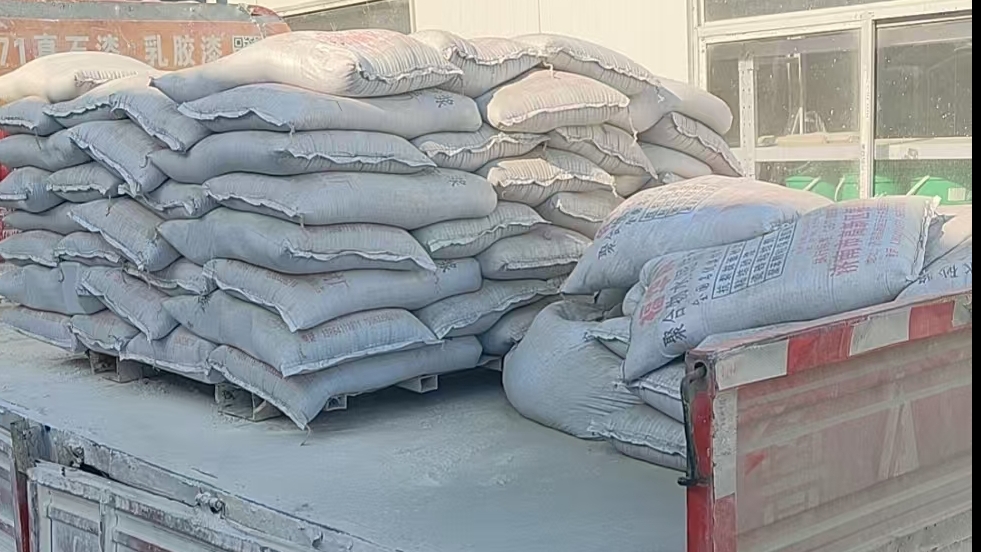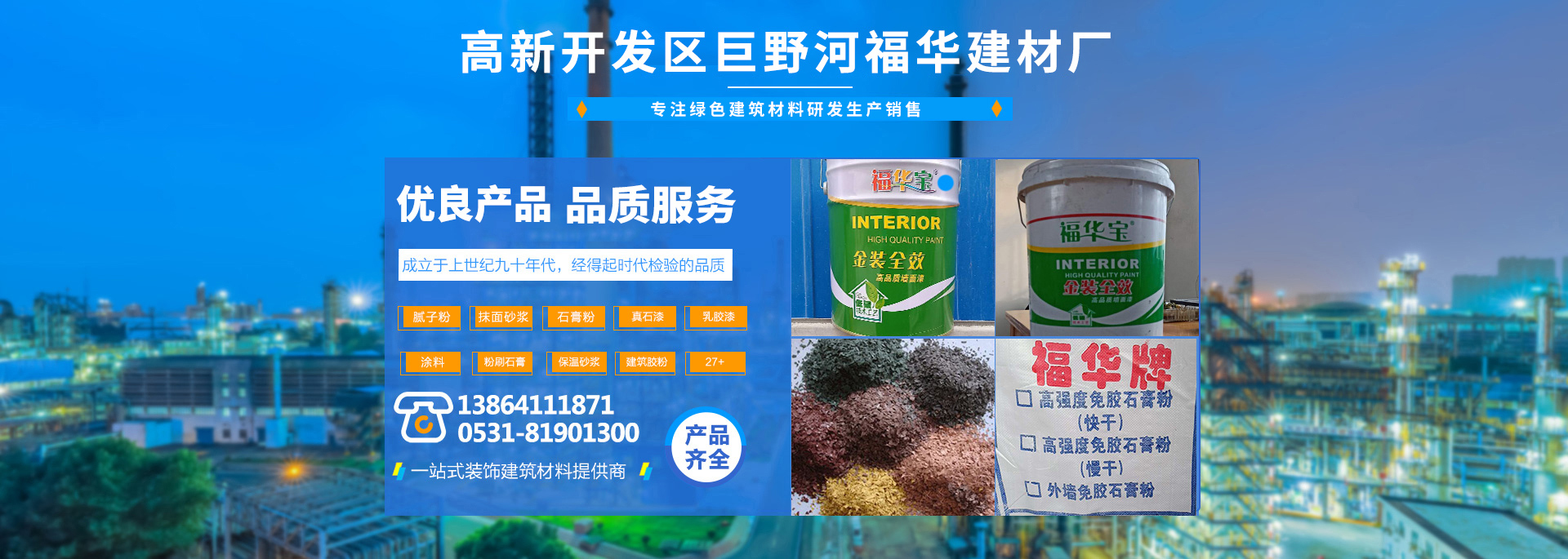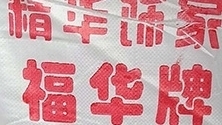解析石膏粉耐潮濕嗎?
來源:http://www.laodaohe.cc 日期:2025-05-19 發布人:
在建筑裝飾與藝術創作領域,石膏粉如同“空間雕塑師”,既能塑造流暢的線條,又能構建堅實的基底。然而,這種以硫酸鈣二水合物為靈魂的材料,卻與水分存在著微妙的“博弈關系”。其耐潮濕性能,既非絕對脆弱,也非天生強悍,而是一場關于材料特性、使用場景與防護技術的深度對話。
In the field of architectural decoration and artistic creation, gypsum powder is like a "spatial sculptor", which can shape smooth lines and build a solid foundation. However, this material with calcium sulfate dihydrate as its soul has a subtle "game relationship" with water. Its moisture resistance is neither absolutely fragile nor inherently strong, but rather a deep dialogue about material properties, usage scenarios, and protective technologies.
第一層認知:石膏粉的“吸水基因”
The first layer of cognition: the "water absorption gene" of gypsum powder
石膏粉的吸濕性源自其化學本質——硫酸鈣二水合物(CaSO?·2H?O)的晶體結構。每個石膏顆粒都如同微型“海綿”,表面布滿親水性基團,能快速吸附空氣中的水分子。當環境濕度超過60%時,石膏粉開始吸收水分,形成結晶水嵌入晶格,這一過程雖無害,卻為后續性能變化埋下伏筆。
The hygroscopicity of gypsum powder originates from its chemical nature - the crystal structure of calcium sulfate dihydrate (CaSO ?· 2H ? O). Each gypsum particle is like a miniature 'sponge', covered with hydrophilic groups on its surface, which can quickly adsorb water molecules from the air. When the environmental humidity exceeds 60%, gypsum powder begins to absorb moisture, forming crystalline water embedded in the lattice. Although this process is harmless, it lays the foundation for subsequent performance changes.
更關鍵的是其“呼吸特性”。石膏制品內部存在微納米級孔隙,這些孔隙如同毛細血管,既能調節室內濕度,也可能成為水分入侵的通道。在潮濕環境中,孔隙吸水膨脹導致體積微增,若缺乏約束,便可能引發開裂。
More importantly, its' respiratory characteristics'. There are micro - and nano scale pores inside gypsum products, which act like capillaries, regulating indoor humidity and potentially becoming channels for water infiltration. In humid environments, the expansion of pores due to water absorption can lead to a slight increase in volume. Without constraints, it may cause cracking.
第二層考驗:潮濕場景的“性能陷阱”
Second layer test: "Performance trap" in humid scenes
石膏粉的耐潮性挑戰,往往出現在應用場景的“灰色地帶”。在室內裝飾中,浴室、地下室等高濕區域是首道考驗——持續濕度超過80%時,石膏線條可能因吸濕軟化,導致接縫處開裂;而在外墻抹灰場景中,雨水滲透與凍融循環的雙重夾擊,更可能使石膏層剝落。
The challenge of moisture resistance of gypsum powder often occurs in the "gray area" of application scenarios. In indoor decoration, high humidity areas such as bathrooms and basements are the first test - when the continuous humidity exceeds 80%, gypsum lines may soften due to moisture absorption, causing cracks at joints; In the scenario of exterior wall plastering, the dual pressure of rainwater infiltration and freeze-thaw cycles is more likely to cause the plaster layer to peel off.
更隱蔽的威脅來自“冷凝水”。在空調房間,石膏板與冷表面接觸時,空氣中的水蒸氣易在板材表面凝結,形成局部高濕區。這種“隱性潮濕”雖不直接破壞結構,卻會滋生霉菌,使石膏表面出現黃斑。
A more covert threat comes from 'condensation water'. In air-conditioned rooms, when gypsum boards come into contact with cold surfaces, water vapor in the air tends to condense on the surface of the board, forming localized high humidity areas. This "hidden dampness" does not directly damage the structure, but it can breed mold and cause yellow spots on the surface of gypsum.
第三層突破:改性技術的“防水革命”
The third breakthrough: the "waterproof revolution" of modified technology
提升石膏粉耐潮性的核心,在于改性技術的“化學武裝”。通過添加憎水劑(如硅氧烷、氟碳表面活性劑),可在石膏顆粒表面形成納米級疏水膜,使接觸角>90°,水滴在表面形成珠狀滾落而非滲透。這種“荷葉效應”改性,可將石膏粉的吸水率降低70%以上。
The core of improving the moisture resistance of gypsum powder lies in the "chemical armament" of modification technology. By adding hydrophobic agents (such as siloxanes and fluorocarbon surfactants), a nanoscale hydrophobic film can be formed on the surface of gypsum particles, with a contact angle greater than 90 °, and water droplets form bead like rolling on the surface instead of permeation. This "lotus leaf effect" modification can reduce the water absorption rate of gypsum powder by more than 70%.
更前沿的技術是“微膠囊防水”。將防水劑封裝在微米級膠囊中,當石膏吸水時膠囊破裂釋放活性成分,形成動態防水層。這種智能響應機制,使石膏制品在潮濕環境中仍能保持85%以上的原始強度。
The more cutting-edge technology is "microcapsule waterproofing". Encapsulate waterproofing agents in micrometer sized capsules, and when gypsum absorbs water, the capsules rupture to release active ingredients, forming a dynamic waterproof layer. This intelligent response mechanism enables gypsum products to maintain over 85% of their original strength even in humid environments.
第四層智慧:場景適配的“濕度法則”
The fourth layer of wisdom: the "humidity law" for scene adaptation
石膏粉的耐潮性,最終需回歸場景適配。在干燥環境(濕度<50%)中,普通石膏粉即可勝任;在中等濕度場景(50%-70%),需選用憎水改性產品;而在高濕區域(>80%),則需采用“三明治”結構——石膏層外覆防水透氣膜,內襯防潮隔離帶,形成濕度屏障。
The moisture resistance of gypsum powder ultimately needs to be adapted to the scene. In a dry environment (humidity<50%), ordinary gypsum powder is sufficient; In moderate humidity scenarios (50% -70%), hydrophobic modified products should be selected; In high humidity areas (>80%), a "sandwich" structure is required - the gypsum layer is covered with a waterproof and breathable membrane, and a moisture-proof isolation tape is lined to form a humidity barrier.

更精細的管控甚至涉及施工工藝。在潮濕基底上鋪貼石膏板時,需先涂刷界面劑封閉水汽通道;在接縫處理中,采用彈性嵌縫膏代替傳統石膏膩子,可吸收3%的濕脹變形,防止開裂。
More precise control even involves construction techniques. When laying gypsum board on a damp substrate, it is necessary to first apply an interface agent to seal the water vapor channel; In joint treatment, using elastic joint sealant instead of traditional gypsum putty can absorb 3% of wet expansion deformation and prevent cracking.
第五層反思:耐潮≠防水
Fifth layer reflection: Moisture resistance ≠ Waterproof
需澄清一個關鍵認知:石膏粉的“耐潮性”絕非“防水性”。即便經過深度改性,石膏制品仍不宜長期浸水或暴露在高壓水霧中。其定位始終是“濕度調節者”而非“防水屏障”,這一邊界的明確,是對材料特性的理性尊重。
A key understanding needs to be clarified: the "moisture resistance" of gypsum powder is not necessarily "waterproofing". Even after deep modification, gypsum products should not be immersed in water for a long time or exposed to high-pressure water mist. Its positioning has always been that of a "humidity regulator" rather than a "waterproof barrier", and the clarification of this boundary is a rational respect for material properties.
石膏粉的耐潮濕性能,本質是對材料科學與應用場景的深刻理解。它要求使用者兼具化學家的嚴謹與建筑師的敏銳,在吸水性與耐潮性之間找到平衡點。當石膏制品既能呼吸濕度又能抵御侵蝕時,我們看到的,是材料科技從“對抗自然”向“和諧共生”的進化。這種進化,無關未來想象,而是對當下需求的精準回應。
The moisture resistance of gypsum powder is essentially a profound understanding of materials science and application scenarios. It requires users to balance the rigor of chemists with the sensitivity of architects, finding a balance between water absorption and moisture resistance. When gypsum products can both breathe humidity and resist erosion, what we see is the evolution of material technology from "resisting nature" to "harmonious coexistence". This evolution is not about imagining the future, but rather a precise response to current needs.
本文由濟南石膏粉友情奉獻.更多有關的知識請點擊:http://www.laodaohe.cc真誠的態度.為您提供為全面的服務.更多有關的知識我們將會陸續向大家奉獻.敬請期待.
This article is a friendly contribution from Jinan gypsum powder For more information, please click: http://www.laodaohe.cc Sincere attitude To provide you with comprehensive services We will gradually contribute more relevant knowledge to everyone Coming soon.
 主站蜘蛛池模板:
国产大陆亚洲精品国产|
夜先锋av资源网站|
少妇被又大又粗又爽毛片久久黑人|
女性无套免费网站在线看|
久久精品国产72国产精|
日本人爽p大片免费看|
永久黄网站色视频免费|
极品尤物一区二区三区|
亚洲 欧美 日本 国产 高清|
怡春院久久国语视频免费|
国产卡1卡2卡3麻豆精品免费|
少妇性bbb搡bbb爽爽爽|
国产成人一区二区三区视频免费
|
亚洲综合色无码|
亚洲国产精品成人久久久|
人人狠狠综合久久亚洲|
亚洲人成无码网www|
天等县|
亚洲人妻系列|
亚洲欧美日韩三区|
强制高潮18xxxx按摩|
亚洲激情综合|
国产乱子伦午夜精品视频|
熟女视频在线看|
鹤山市|
国产做a爰片久久毛片a片|
国产 亚洲 制服 无码 中文|
丰满少妇被猛男猛烈进入久久|
熟女无套高潮内谢吼叫免费|
男人添女人性囗交做爰的技巧|
激情婷婷亚洲|
中文字字幕在线中文乱码|
欧美a在线播放|
午夜剧场黄色|
仁寿县|
阜宁县|
久久青草费线频观看|
国产亚洲精品久久yy50|
国产熟女AV|
一区二区三区无码免费看|
啦啦啦中文在线视频免费观看|
主站蜘蛛池模板:
国产大陆亚洲精品国产|
夜先锋av资源网站|
少妇被又大又粗又爽毛片久久黑人|
女性无套免费网站在线看|
久久精品国产72国产精|
日本人爽p大片免费看|
永久黄网站色视频免费|
极品尤物一区二区三区|
亚洲 欧美 日本 国产 高清|
怡春院久久国语视频免费|
国产卡1卡2卡3麻豆精品免费|
少妇性bbb搡bbb爽爽爽|
国产成人一区二区三区视频免费
|
亚洲综合色无码|
亚洲国产精品成人久久久|
人人狠狠综合久久亚洲|
亚洲人成无码网www|
天等县|
亚洲人妻系列|
亚洲欧美日韩三区|
强制高潮18xxxx按摩|
亚洲激情综合|
国产乱子伦午夜精品视频|
熟女视频在线看|
鹤山市|
国产做a爰片久久毛片a片|
国产 亚洲 制服 无码 中文|
丰满少妇被猛男猛烈进入久久|
熟女无套高潮内谢吼叫免费|
男人添女人性囗交做爰的技巧|
激情婷婷亚洲|
中文字字幕在线中文乱码|
欧美a在线播放|
午夜剧场黄色|
仁寿县|
阜宁县|
久久青草费线频观看|
国产亚洲精品久久yy50|
国产熟女AV|
一区二区三区无码免费看|
啦啦啦中文在线视频免费观看|





 魯公網安備
魯公網安備